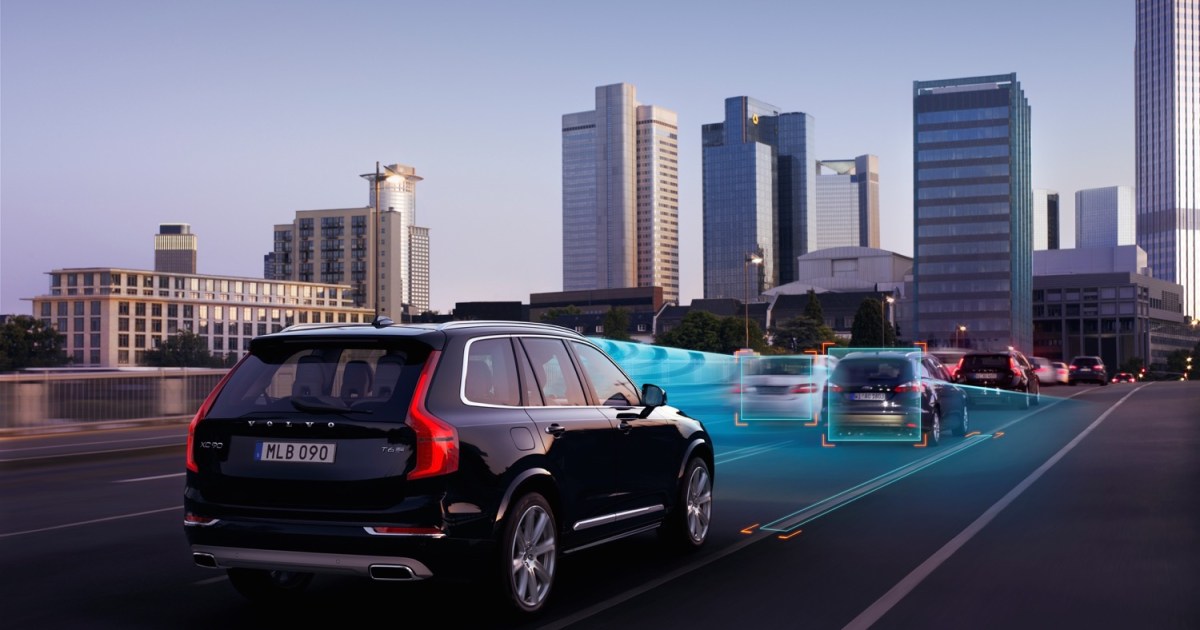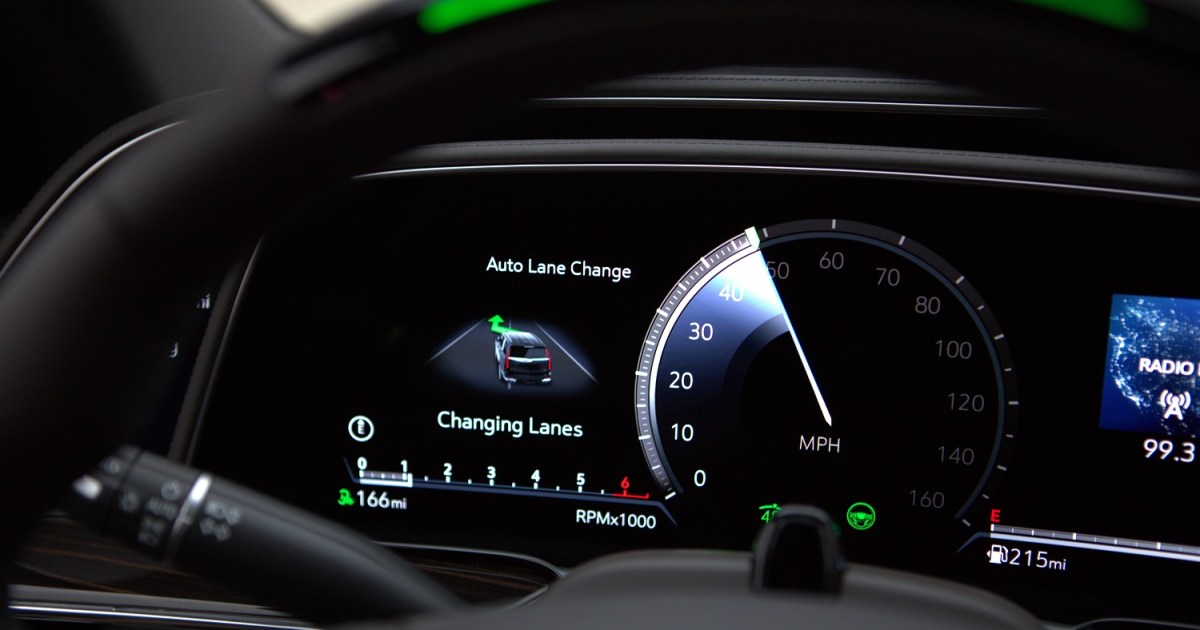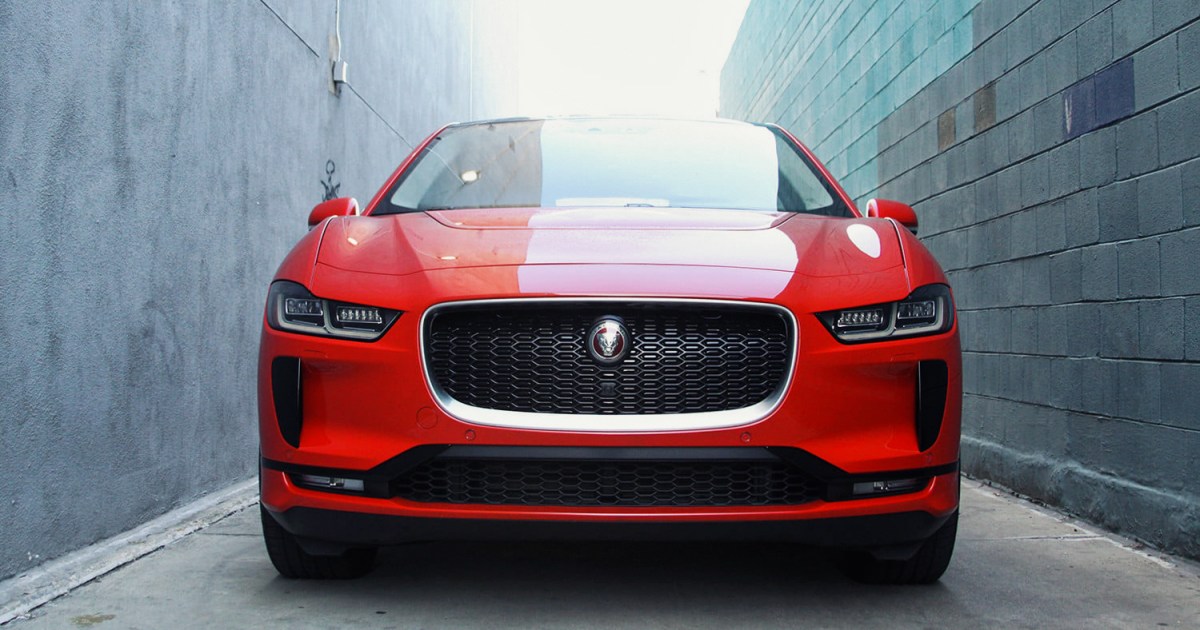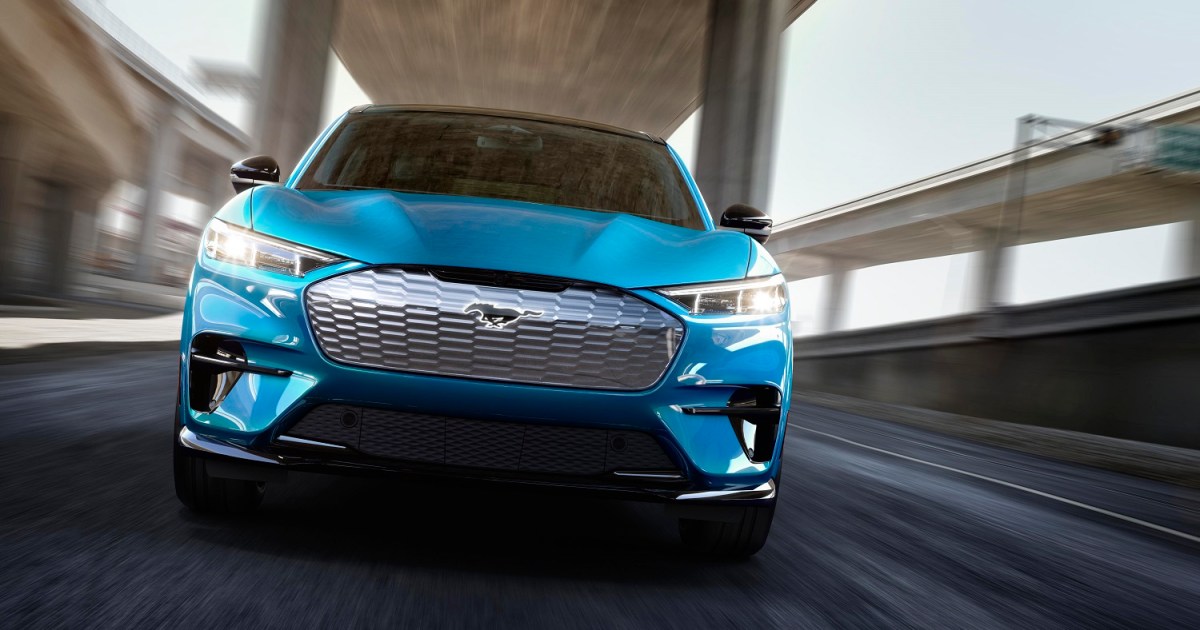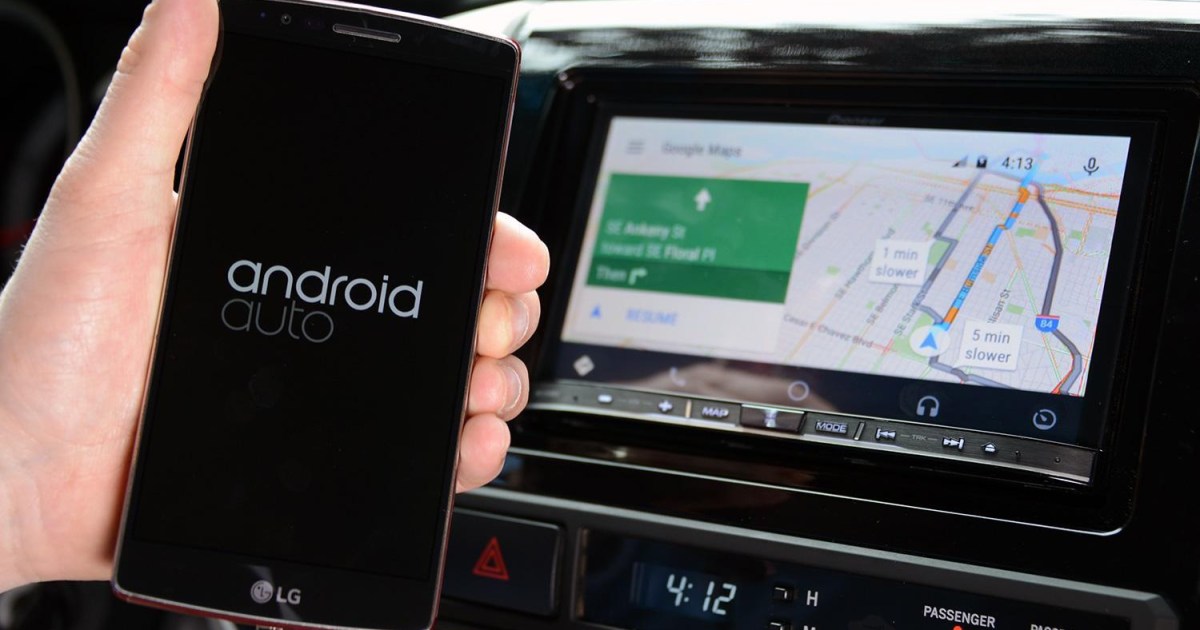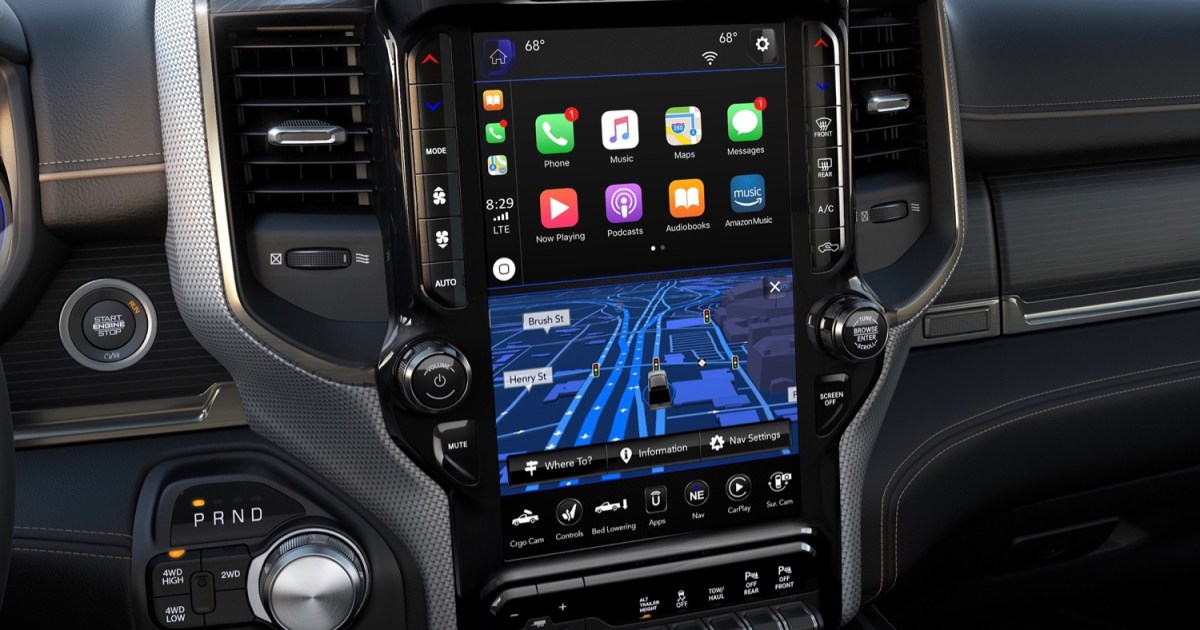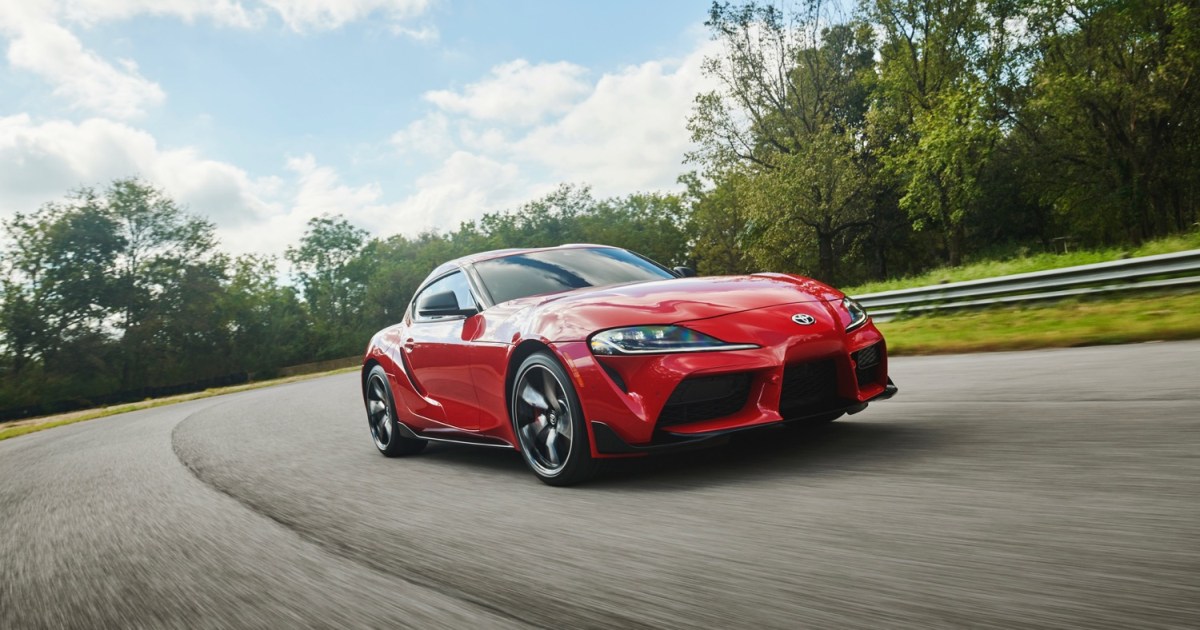Adaptive cruise control (ACC) represents a significant advancement in driving assistance technology. Building upon the foundation of conventional cruise control, ACC not only maintains a set speed but also intelligently adjusts to the flow of traffic. This feature enhances driving convenience and safety by reducing driver workload, particularly in challenging conditions like stop-and-go traffic. This article explores the intricacies of adaptive cruise control, its functionality, and its potential impact on the future of driving.
How Adaptive Cruise Control Works
The core principle of ACC is to automatically accelerate and decelerate the vehicle based on the movement of surrounding cars. This is achieved through a sophisticated network of sensors, typically radar-based, that detect nearby vehicles and obstacles. High-resolution radar is increasingly common, though some systems also utilize cameras and lidar (light detection and ranging). These sensors relay information to a central computer that controls the throttle and, in some cases, the braking and steering systems.
Basic ACC systems primarily manage acceleration and deceleration, maintaining a preset following distance from the vehicle ahead. More advanced systems can bring the car to a complete stop in heavy traffic and resume automatically when the flow resumes. Some manufacturers integrate ACC with lane-keeping assist, providing a degree of steering control to keep the vehicle centered in its lane.
While ACC is a stepping stone towards autonomous driving, it’s crucial to differentiate it from full autonomy. ACC and related technologies are driver-assist features designed to enhance, not replace, the driver’s role. They are not intended to enable hands-free driving or allow the driver to disengage from the driving task.
Adaptive Cruise Control: Variations and Branding
Different automakers use various names for their ACC systems, including dynamic radar cruise control or intelligent cruise control. Here are some examples of branded ACC systems:
- BMW: Active Cruise Control, Active Cruise Control with Stop and Go
- Cadillac: Super Cruise
- Honda and Acura: Adaptive Cruise Control, Adaptive Cruise Control with Low-Speed Follow
- Hyundai: Smart Cruise Control
- Kia: Advanced Smart Cruise Control
- Mercedes-Benz: Active Distance Assist Distronic
- Nissan and Infiniti: Intelligent Cruise Control (part of ProPilot 2.0)
- Subaru: Adaptive Cruise Control, Adaptive Cruise Control with Lane Centering (part of EyeSight)
- Tesla: Autopilot
- Toyota and Lexus: Dynamic Cruise Control, Dynamic Cruise Control with Stop and Go
Aftermarket Adaptive Cruise Control Systems
Due to the complexity and safety-critical nature of ACC, aftermarket retrofitting is not currently feasible. The intricate integration with vehicle systems and potential liability concerns limit ACC to original equipment manufacturers.
Leading Adaptive Cruise Control Systems
Several automakers are at the forefront of ACC development, offering advanced and comprehensive systems:
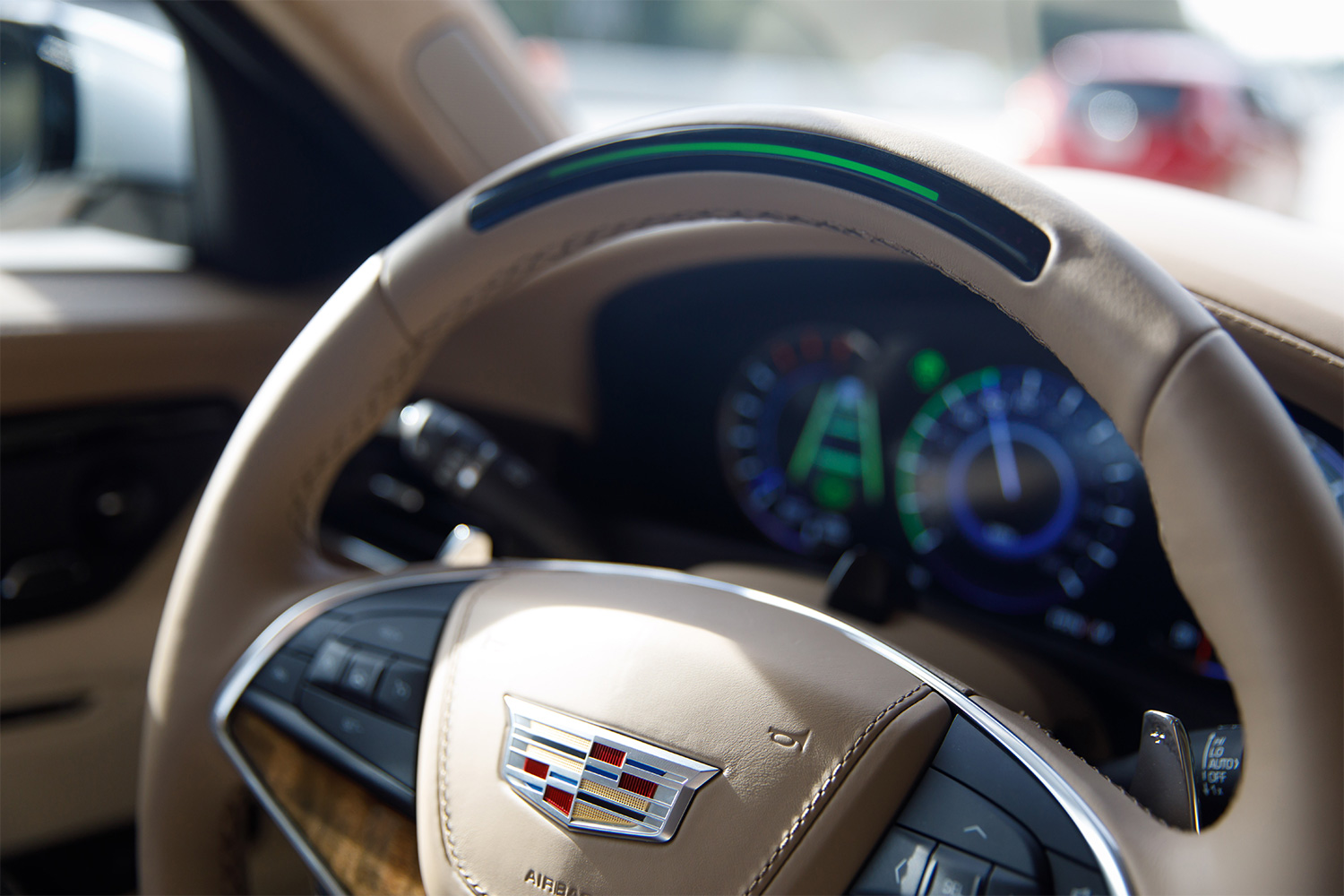 2018 Cadillac Super CruiseImage used with permission by copyright holder
2018 Cadillac Super CruiseImage used with permission by copyright holder
Cadillac Super Cruise
Cadillac’s Super Cruise stands out by allowing hands-free driving on pre-mapped highways. Utilizing cameras, radar, lidar, and a driver-facing camera to monitor alertness, Super Cruise offers a high degree of automation. However, its availability is currently limited to specific Cadillac models.
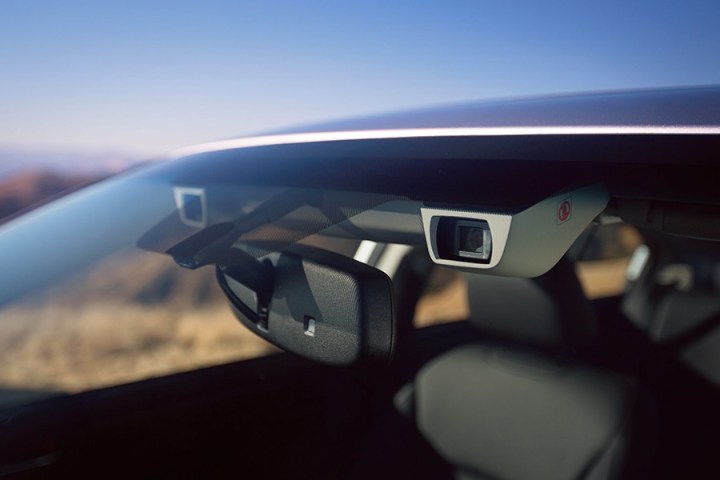 Subaru EyeSight cameras
Subaru EyeSight cameras
Subaru EyeSight
Subaru’s EyeSight system utilizes cameras for ACC, lane-keeping assist, pre-collision throttle management, and low-speed autonomous emergency braking. This camera-based approach offers cost-effectiveness and easier installation. Some models include a driver-facing camera for enhanced safety.
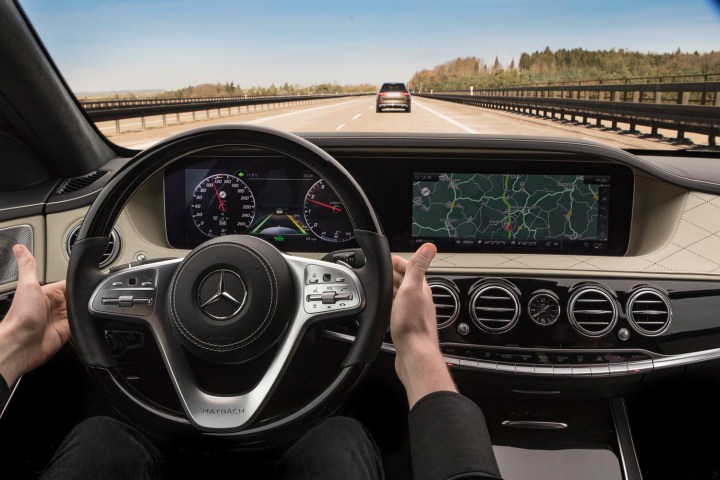 Mercedes-Benz Distronic Plus with steering assists
Mercedes-Benz Distronic Plus with steering assists
Mercedes-Benz Distronic Plus
Mercedes-Benz offers a comprehensive suite of driver-assistance features, including Distronic Plus. This system handles stop-and-go traffic, automatically resuming after short stops. It also integrates steering assist for lane centering and can even initiate lane changes in certain versions.
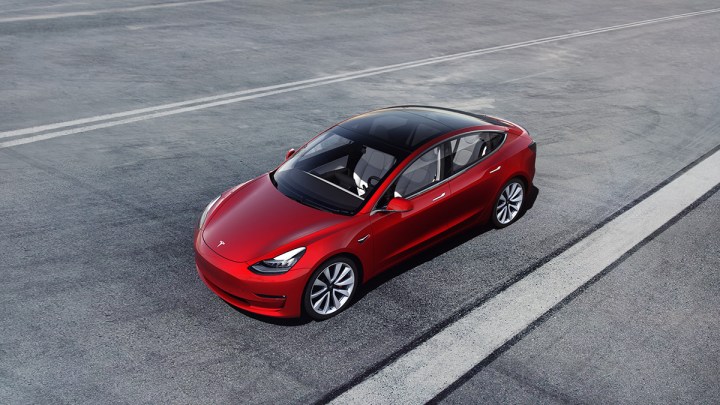 Tesla Model 3
Tesla Model 3
Tesla Autopilot
Tesla’s Autopilot, while controversially named, offers advanced features like lane changes with turn signal activation and navigation of some highway off-ramps. Tesla’s over-the-air updates allow for continuous improvement and refinement of the system.
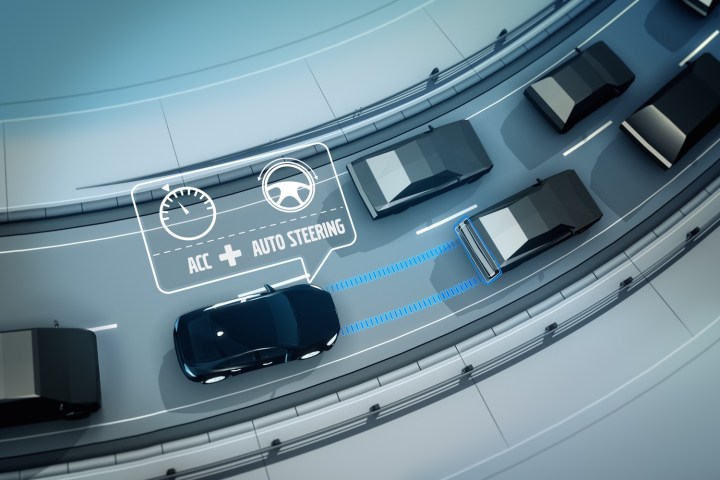 Volvo adaptive cruise control with steer assist
Volvo adaptive cruise control with steer assist
Volvo Pilot Assist II
Volvo’s commitment to safety is reflected in its early adoption of ACC and autonomous emergency braking. Pilot Assist II can operate without tracking a vehicle ahead, maintains lane centering, and functions at speeds up to 80 mph.
Conclusion
Adaptive cruise control represents a substantial leap forward in driving technology, offering increased comfort and safety on the road. While not a substitute for attentive driving, ACC significantly reduces driver workload, particularly in congested traffic conditions. As technology continues to evolve, ACC will play an increasingly important role in shaping the future of driving and paving the way for more advanced autonomous systems.



